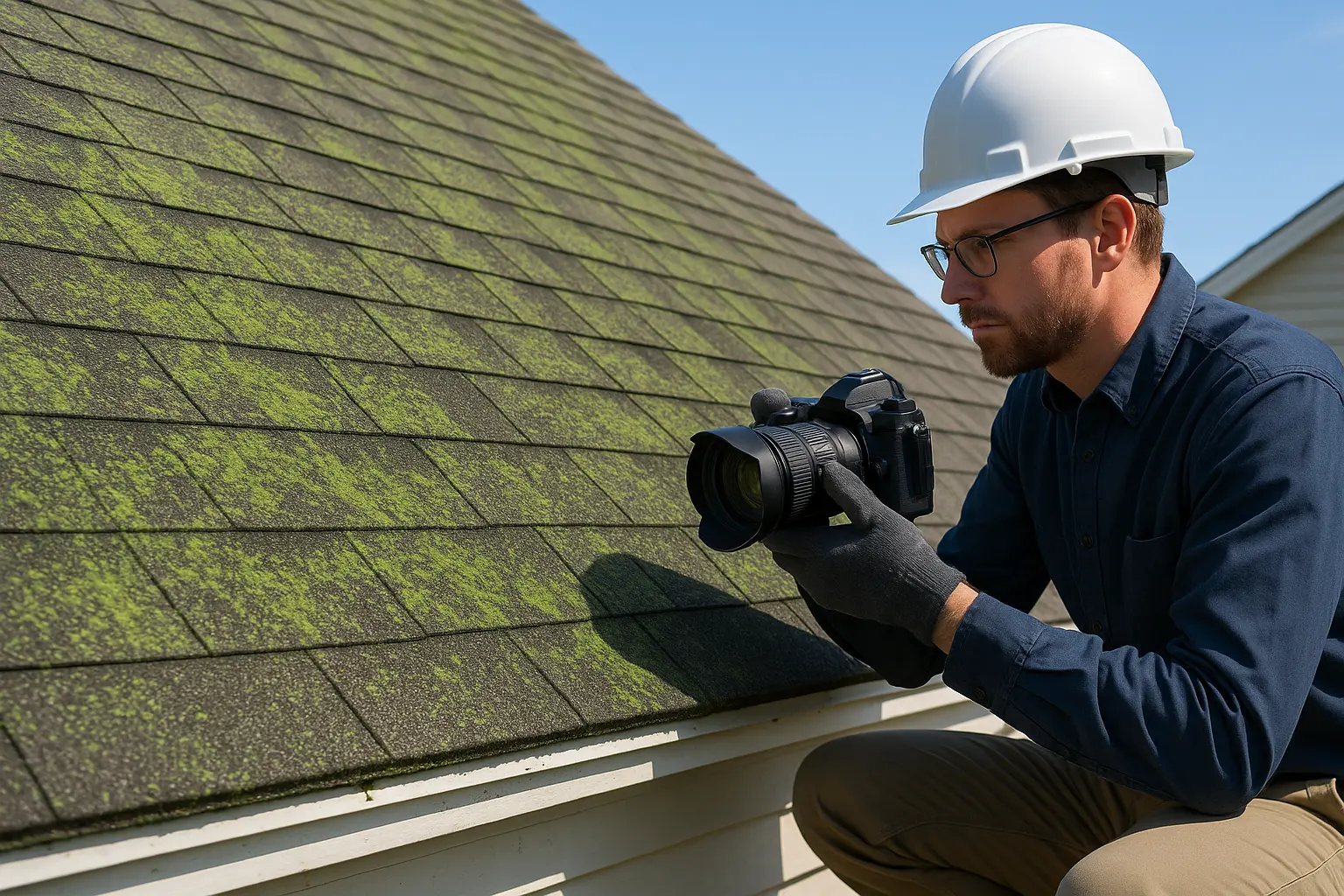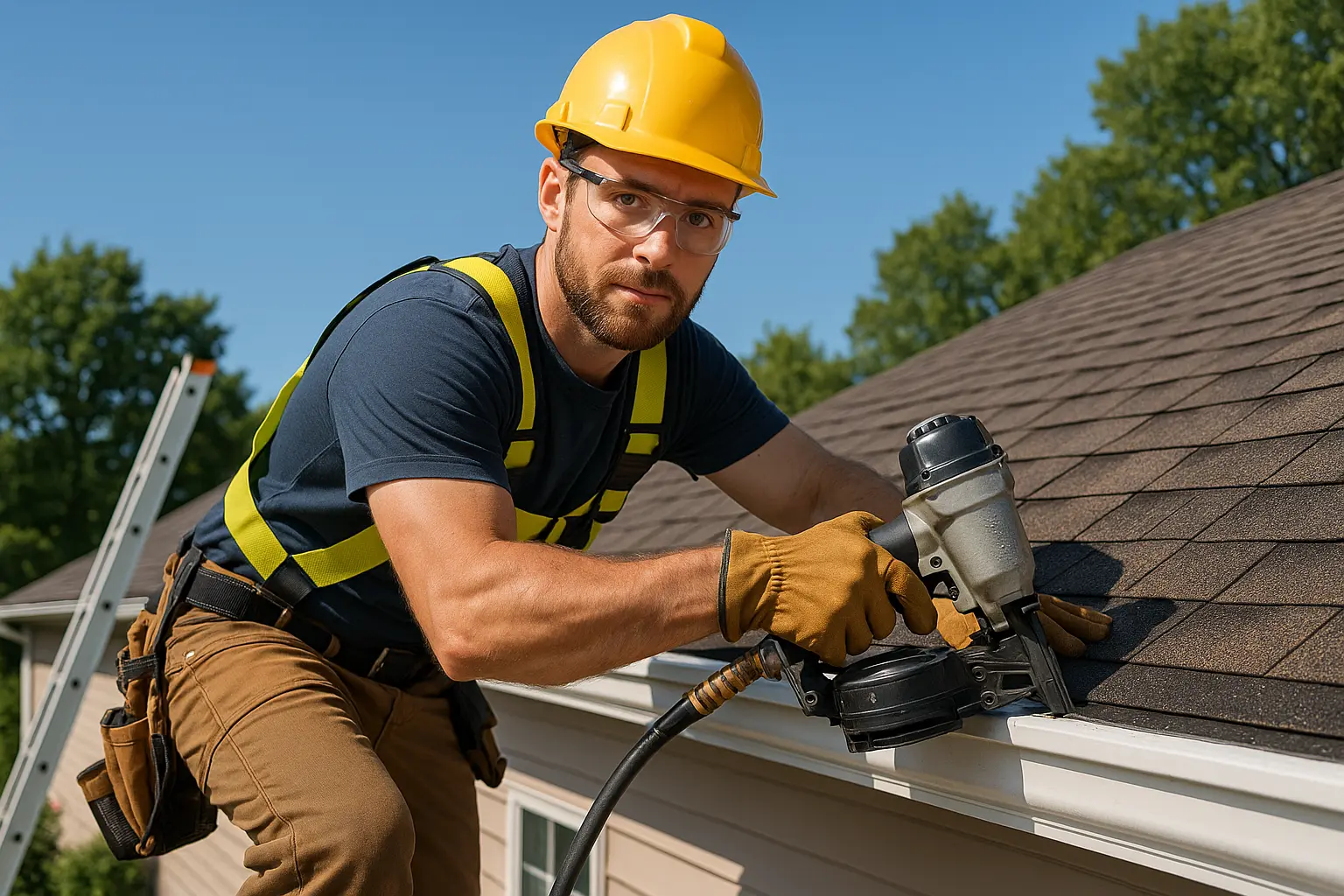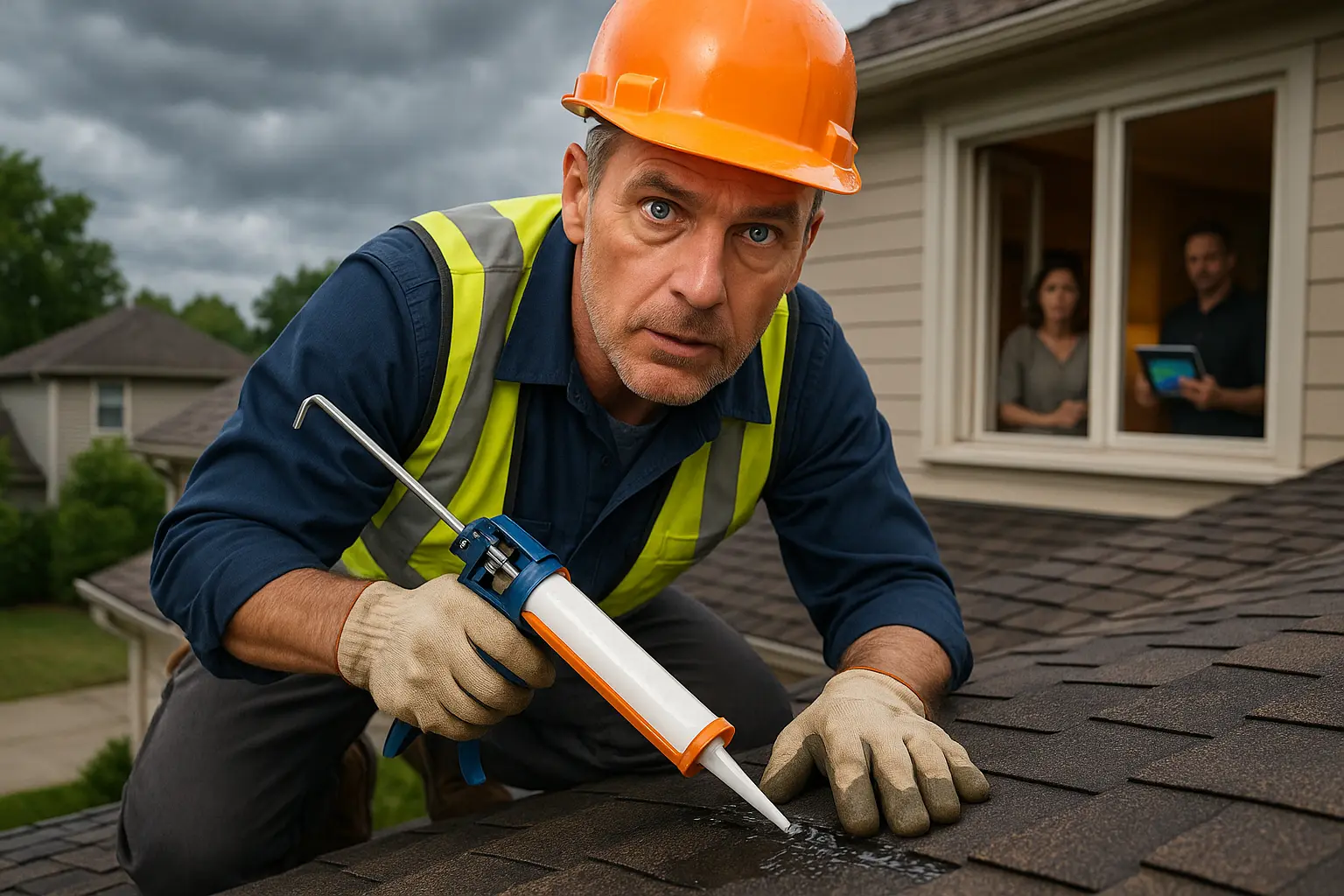Roof Resilience: Your Key to Weather-Defying Homes
Finding the right roof for your home is more than a style choice—it is an investment in safety, energy savings, and a long-lasting shelter. The secret lies in achieving excellent roof resilience so that your home can endure a variety of weather challenges. Whether your area bakes under a relentless sun, suffers heavy snowfall, or drowns in constant moisture, you need roofing materials that match your climate’s demands. With a wide range of options available today, understanding how each material behaves under different conditions can help you make a decision that marries beauty with technical performance and cost efficiency.
Understanding Climate Impacts on Your Roof
Every climate brings its own set of trials for a roof. Hot weather, freezing temperatures, heavy rainfall, and gusty winds each impose stress on your roof, making roof resilience a key factor in your decision. By studying local weather patterns and how they affect roofing integrity, you can choose a system that not only looks good but stands up to the elements. In fact, the best roof for climate adaptation isn’t just about looks—it’s about ensuring that your roof remains a solid protective barrier no matter what nature throws its way.
Roof Resilience in Extreme Climates
In regions of hot weather and arid conditions, roofs often face the relentless battering of the sun. In these situations, materials need to fight against thermal shock and reduce heat absorption. Traditional asphalt shingles tend to heat up quickly, increasing cooling costs. Instead, options like clay tiles and metal roofing are preferred as they possess natural reflective qualities. By reflecting sunlight instead of soaking it up, they help in lowering the temperature inside your home while enhancing roof resilience over time.
Equally, thoughtful insulation plays a vital role, forming an extra layer that prevents heat from overwhelming your living spaces. When planning for roof resilience, pairing these reflective materials with advanced insulation can dramatically lower the energy required for cooling, keeping your indoor space comfortable even during scorching hot weather.
Roofing Strategies for Cold and Snowy Weather
In colder regions, the roof’s role shifts from merely repelling heat to withstanding severe winter demands. Heavy snow and the threat of ice dams call for materials that combine durability with excellent insulation. Slate and composite shingles are popular choices here. Slate is celebrated for its ability to handle heavy snow loads and resist the harmful freeze-thaw cycles that can damage less robust materials. Meanwhile, composite shingles mimic traditional looks while ensuring a steadfast resistance against snow and ice.
By investing in quality insulation as well, homeowners can keep warmth inside and avoid the rapid melting and refreezing cycle that causes ice dams at the eaves. With roof resilience in mind, proper installation—including well-ventilated attic spaces and secure vapor barriers—can prevent the rapid decay of even the toughest roofing systems.
Dealing with Moisture in Humid Regions
For areas with persistent humidity or rain, moisture becomes the biggest enemy. Constant dampness can lead to mold, mildew, and wood rot. Here, the correct roofing design is critical. Metal and fiberglass asphalt shingles are particularly effective in repelling water. Metal roofs, thanks to their smooth surface, prevent water accumulation and dry quickly after a storm, while fiberglass shingles incorporate additives that fend off mold and resist warping.
Effective ventilation is just as important in these climates, as it reduces moisture build-up in the attic. A well-designed system helps extend the roof’s lifespan, ensuring that even the best roof resilience won’t be compromised by a buildup of humidity.
Material Considerations for Lasting Protection
Beyond reacting to climatic challenges, selecting roofing materials requires a balance of sustainability, cost, and visual charm. Many homeowners now look for solutions that offer not only superb performance but also eco-friendly benefits. With roof resilience as a guiding principle, choosing materials that are both durable and recyclable is vital.
Sustainable Roofing Options for the Future
The rise of green building practices means that sustainable roofing options have taken center stage. Solar tiles and cool roofs are gaining popularity because they protect your home while cutting energy needs. Solar tiles transform your roof into a power-generating surface, reducing energy bills and your home’s overall footprint. Cool roofs reflect sunlight, keeping interiors cooler and lessening the reliance on air conditioners.
These choices support long-term roof resilience, as they not only provide protection from weather extremes but also work in harmony with modern environmental goals. Recycling and eco-friendly materials add another layer of protection, ensuring that your roof sustains your home and the environment alike.
Balancing Cost and Longevity for Your Roof
Cost considerations are always part of the mix when selecting a roof. While cheaper options might seem appealing initially, they often lead to higher maintenance expenses over time. It is important to assess whether the initial investment will pay off in reduced upkeep and lower energy bills over the years. With roof resilience firmly in mind, opting for high-quality materials can cut down on future repairs and offer exceptional durability.
For instance, a metal roof might seem pricier at first than asphalt, but its long life—extending 50 years or more—means that the overall expense is lower when you factor in maintenance and replacement. The long-term savings, alongside increased safety and improved energy efficiency, make a strong case for considering value over mere cost.
Design and Aesthetic Appeal in Roofing
While performance and endurance are crucial, the visual aspect of your roof cannot be overlooked. Today’s roofing options provide a variety of colors, textures, and styles that enhance the look of any home. The best roof for climate isn’t only about durability—it should also elevate the curb appeal of your property.
Clay tiles offer a timeless Mediterranean look and robust protection in hot weather, while metal roofs can be designed to mimic wood or stone finishes. In essence, a roof can be both a practical asset and a striking design element that boosts your home’s overall value and charm. Consider how your choice of roofing will blend with your home’s architecture as much as it will resist the elements.
Making a Well-Informed Roofing Decision
After weighing the demands of various climates against material options, the next step is making a decision that meets all your needs. Achieving proper roof resilience goes beyond selecting the right material—it means aligning your roof design with your local weather patterns, your energy needs, and even your aesthetic goals.
Consulting Trusted Roofing Professionals
No matter how much research you do, the expertise of roofing professionals is indispensable. These experts understand local building codes and weather quirks better than anyone else. They can assess your roof’s condition, evaluate your local climate, and recommend tailored solutions that optimize roof resilience. A thorough evaluation might include a detailed inspection, an analysis of insulation needs, and suggestions for ventilation improvements.
Investing in professional advice may involve a modest additional cost, but it ensures that every element of your roof—be it flashing, underlayment, or sealants—is installed to maximize performance and longevity.
Evaluating Energy Efficiency and the Balance of Cost and Benefit
Energy efficiency is a big part of today’s roofing discussions. With rising energy costs, a roof that helps regulate your home’s temperature can lead to significant savings. Reflective surfaces, proper insulation, and cool roofing techniques all play a role. Choosing materials that boost roof resilience means that your roof not only survives extreme conditions but actively helps in reducing energy bills.
When you assess various roofing options, consider the long-term benefits as much as the initial cost. High-quality systems reduce the need for frequent repairs and uphold the market value of your home. In the long run, a roof that delivers on performance and efficiency proves to be a smart investment.
Weighing Immediate Costs Against Future Gains
Every homeowner’s situation is unique, but one lesson rings true: the cheapest option isn’t always the most cost-effective over time. A detailed look at upfront costs alongside long-term maintenance can highlight why premium materials often win when considering roof resilience. A well-constructed roof that endures years of harsh weather and fluctuating energy use will pay dividends in comfort and savings.
Choosing wisely means reviewing local trends, comparing material performance in similar climates, and getting input from trusted professionals. When all these factors line up, you’re not just buying a roof—you’re making a lasting investment that safeguards your home against whatever the weather may bring.
Conclusion
Designing a roof that stands the test of time involves more than selecting a trendy material—it’s about building roof resilience against your area’s unique weather challenges. By understanding how hot weather, heavy snow loads, and high moisture levels affect your roof, you can choose a material that delivers lasting protection, saves energy, and boosts your home’s curb appeal.
Whether you opt for clay tiles, metal roofs, or insulated composite shingles, each option has its own strengths tailored to different climates. Sustainable choices like solar tiles and cool roofs not only help the environment but also support the long-term toughness of your roofing system.
Expert guidance from roofing professionals can ensure that every step—from evaluation to installation—is aligned with your home’s needs. In the end, focusing on roof resilience makes your roof a stalwart guardian that enhances your home’s beauty, functionality, and energy efficiency.
By integrating smart materials, proper insulation, and thoughtful design, your roofing solution will become a critical asset that endures extreme conditions and delivers comfort and savings for years to come.





